Results
-
 £89.10
£89.10Goddess of Fire
A magnificent programmatic work for symphonic band that is an offering to Pele, the Goddess of Hawaii's volcanoes. The work opens with primordial, mysterious sounds representing the foreboding volcanoes of Hawaii. We are then introduced to Pele as a tall, beautiful young woman. This is one of the forms she can take and it represents her powers of creation and beauty. This gives way to the active and destructive Pele, often taking the form of an old woman, wrinkled and bent with age. The following lyrical section of the piece is the full statement of Pele's theme of creation and beauty. As this theme settles, we begin to hear the ground pop and crack letting us know that new lava is beginning to bubble and flow. Suddenly and violently, one of her volcanoes erupts, creating massive chaos and destruction. After the eruption subsides, Pele's theme of creation and beauty returns again. A wonderful addition to any concert or festival performance by mature bands. Exceptional in every respect!
Estimated dispatch 7-14 working days
-
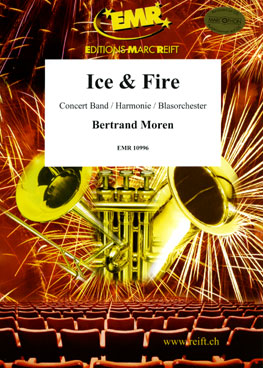 £232.00
£232.00ICE AND FIRE (Advanced Concert Band) - Moren, Bertrand
Duration: 8:00
Estimated dispatch 7-14 working days
-
 £49.50
£49.50Sphere of Fire
A distinctive concert piece by popular composer that is sure to be popular with middle school, jr. high and smaller high school bands. Shaffer's use of driving rhythms, memorable melodies, interesting harmonies, and a real flare for dynamics make this composition a superior choice for concert or festival performances. Very highly recommended!
Estimated dispatch 7-14 working days
-
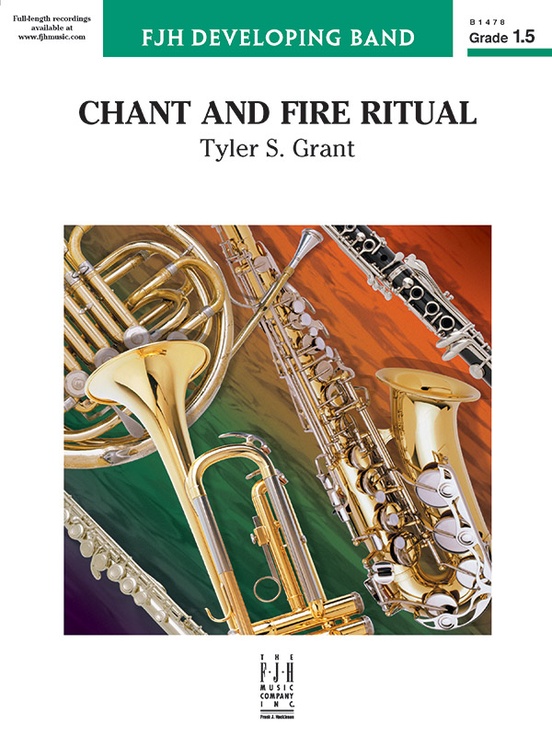 £62.95
£62.95Chant and Fire Ritual - Tyler S. Grant
This dramatic work is sure to be a big hit with students, especially when they realize it was written by one of their peers! A mysterious chant gives way to an energetic theme as the music moves into the powerful ritual characterized by intense percussion. The haunting nightfall returns to the contemplative sounds of the opening before the final section slowly builds into a powerful statement signifying the Last Rite. Intense!
Estimated dispatch 3-5 working days
-
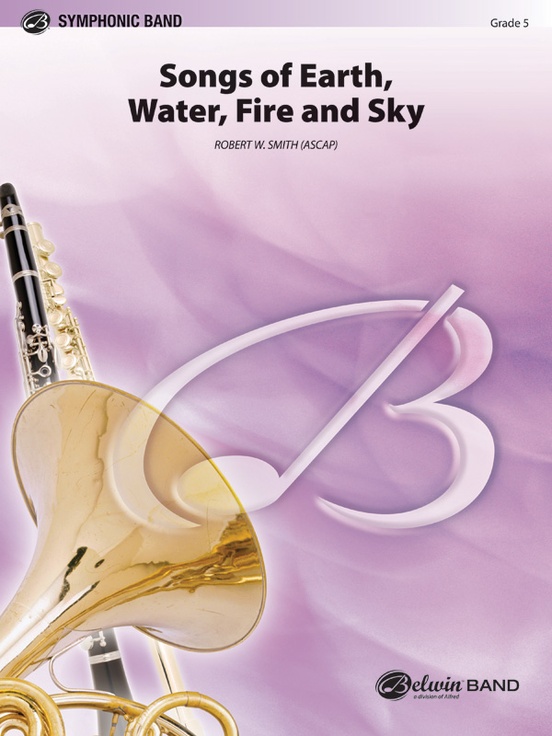 £98.50
£98.50Songs of Earth, Water, Fire, and Sky - Robert W. Smith
For centuries, music has played an integral part in the daily lives of Native Americans. From the ancient burial mounds of the Southeast to the cliff dwellings of the Southwest, Indian musical instruments and pictographs of ceremonial singing and dancing dating as early as 600 A.D. have been uncovered by archeologists. So begins Robert W. Smith's fascinating new symphonic work. Drawing upon authentic dances and chants as inspiration, this talented young American composer creates a musical presence of monumental proportions. Soaring!
Estimated dispatch 3-5 working days
-
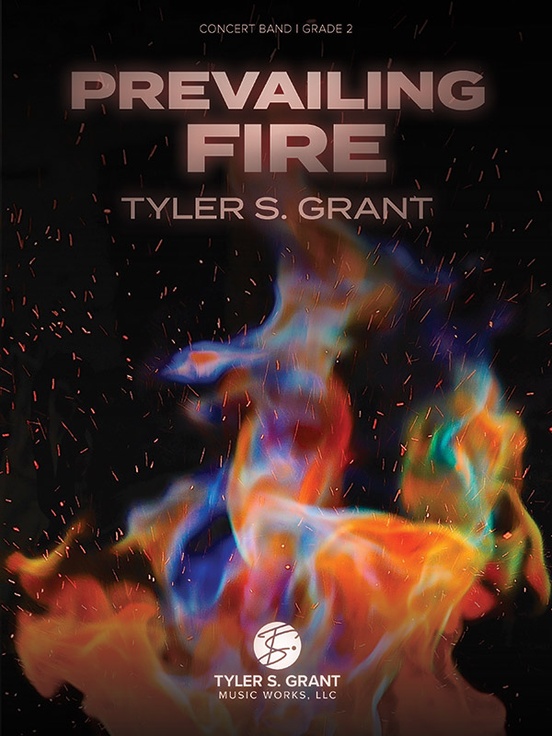 £73.50
£73.50Prevailing Fire - Tyler S. Grant
Opening with a brief three-note motif, this work expands into an array of rhythmic flurries, intense melodies, and driving percussion that paint the image of a passion-filled blaze. Excellent scoring and very comfortable ranges will make your young musicians sound strong, full, and confident. by Tyler S. Grant is truly unique! Recorded by the Atlanta Wind Symphony. (3:10)
Estimated dispatch 3-5 working days
-
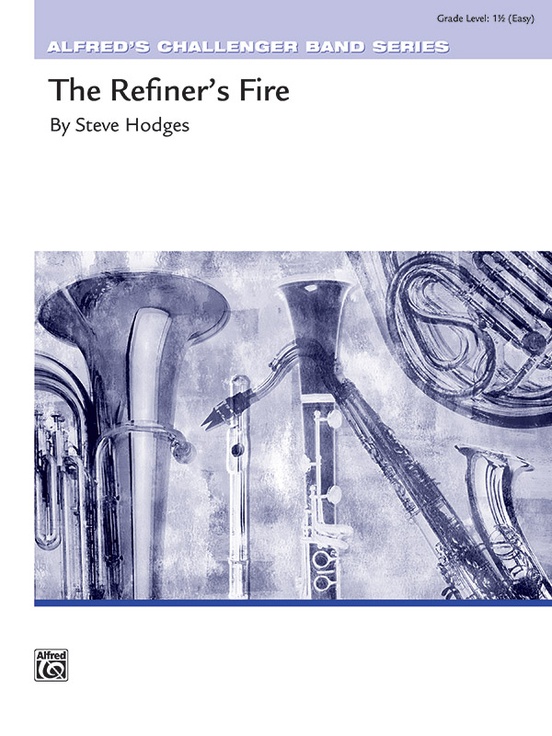 £49.95
£49.95The Refiner's Fire - Steve Hodges
Through this journey of life we experience adversity, obstacles, and pitfalls. This piece is dedicated to those who have faced significant challenges in their lives.
Estimated dispatch 3-5 working days
-
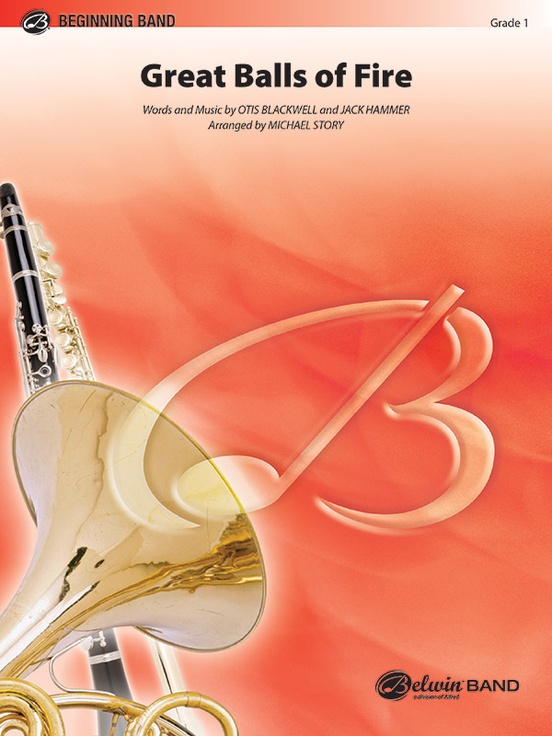 £54.95
£54.95Great Balls of Fire
Goodness! Gracious! Here's a cult-rock hit prepared for your beginning band. They'll love the tune so much that you won't be able to keep them from practicing. A tune for all ages not to be missed! (1:12)
Estimated dispatch 3-5 working days
-
 £248.99
£248.99Elements of Nature - Hermann Pallhuber
Earth - Fire - Water - Air: According to the four element theory of temperaments, earth, fire, air and water are the building blocks of the universe. Without them, life would not exist. They shape our view of the world around us, affect our thoughts and guide our feelings. Classifying our cosmos according to the four elements is probably one of the oldest principles of mankind, dating back to the ancient Greeks, and maybe even before them. While we know more about the elements and atoms, these four are still deeply embedded inthe human psyche. According to ancient Greek philosophers, each of the four elements has its own particular attributes. All other substances in nature aresaid to have emerged from these elements and can be broken down into them.All creatures, including human beings, contain a mixture of these four elements, which shape their senses. The elements are even able to balance out the body and the soul.This suite, Elements of Nature, is in four movements, each corresponding to one of the elements.Dances of Fire: Savage, occult, dangerous - Fire signifies the will of man.The Circle of Water: Flowingly, endless, mighty - Water sums up the feelings of human beings.Planet Earth: Structured, material, fertile - Earth stands for the awareness of the self.Air - The Spirit of Life: Stirring, altering, sensual - Air signifies human intellect.Elements of Nature contains a main theme that combines the female elements (earth and water) with the male elements (fire and air). The four movements are also linked to each other by their motifs. A majestic prologue and an epilogue frame the suite.
Estimated dispatch 7-14 working days
-
 £118.99
£118.99Inferno - Sven Van Calster
On 25th May 2011 a huge fire broke out in the Kalmthoutse Heath nature reserve north of Antwerp. Within a very short time more than 600 hectares of heath land went up in flames. The effect on the surrounding environment was huge. The fire left deepscars affecting the residents, those responsible for heath land, and also the members of the fire brigade who for several days risked their lives to fight the fire.The composition Inferno begins majestically and on a huge scale, exactly as theKalmthoutse Heath is. Soon a theme is introduced into the work in which the magnificent beauty of nature can be heard. We then hear the fires on the heath set to music. Even thefire helicopter can be heard, together with the first discussions thattook place after the alarm was raised with the Kalmthoutse fire brigade.One fact remains at the centre of this work, however: the natural beauty and splendour of the heath landscape. This is expressed at the start of the work in a theme that recursthroughout the piece. Towards the end it is finally replaced by a peaceful conclusion, representing the hope for a speedy regeneration of this wonderful nature reserve. Download the audio file from the 'Attachments'.
Estimated dispatch 7-14 working days
